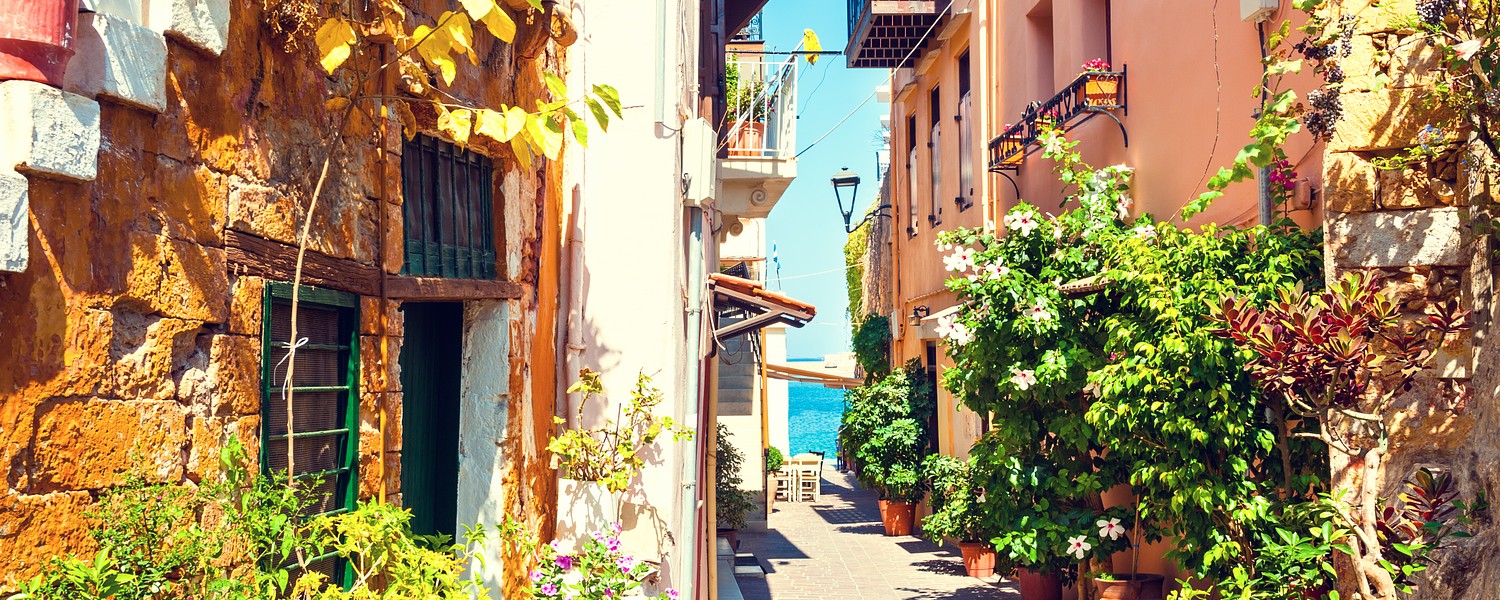Section in Crete
Do & See
Crete is filled with history and scenic landscapes. Archaeological sites, historical landmarks, fascinating museums, isolated monasteries, wandering walking trails and much more await you in this amazing place.
Read more


















